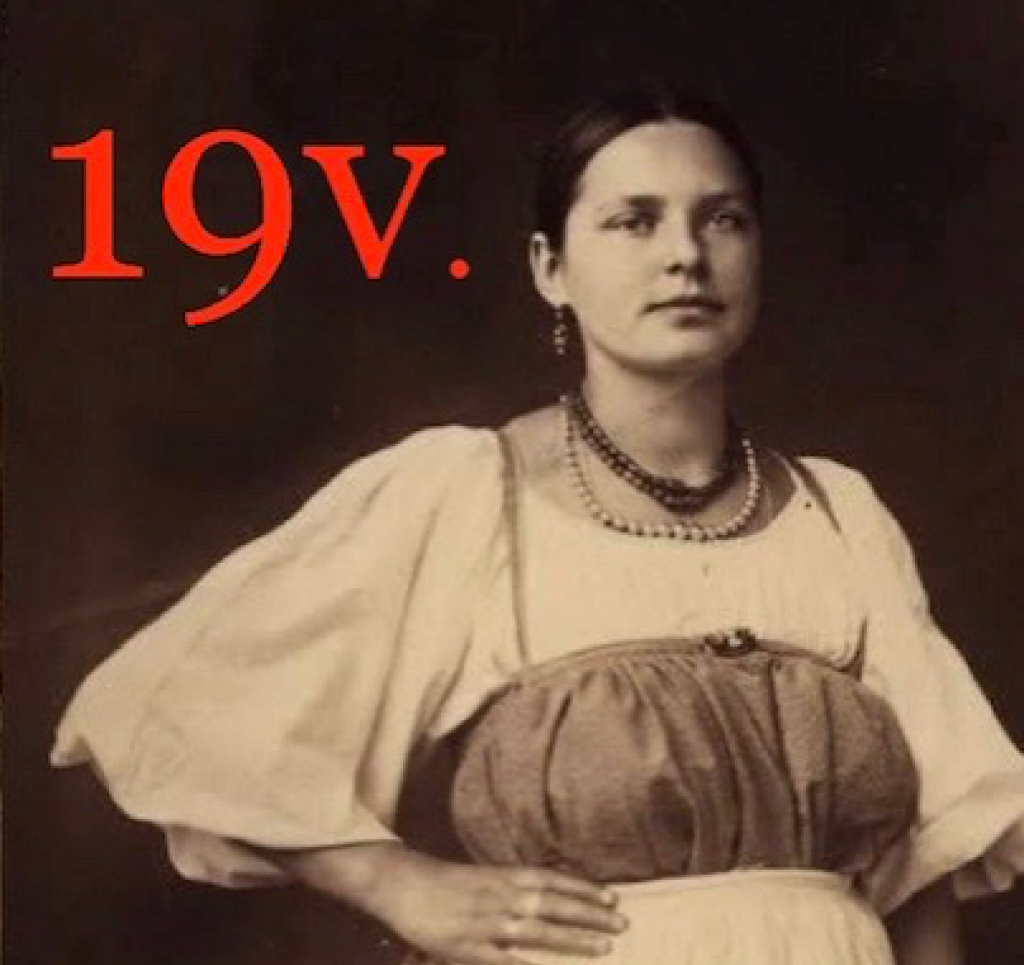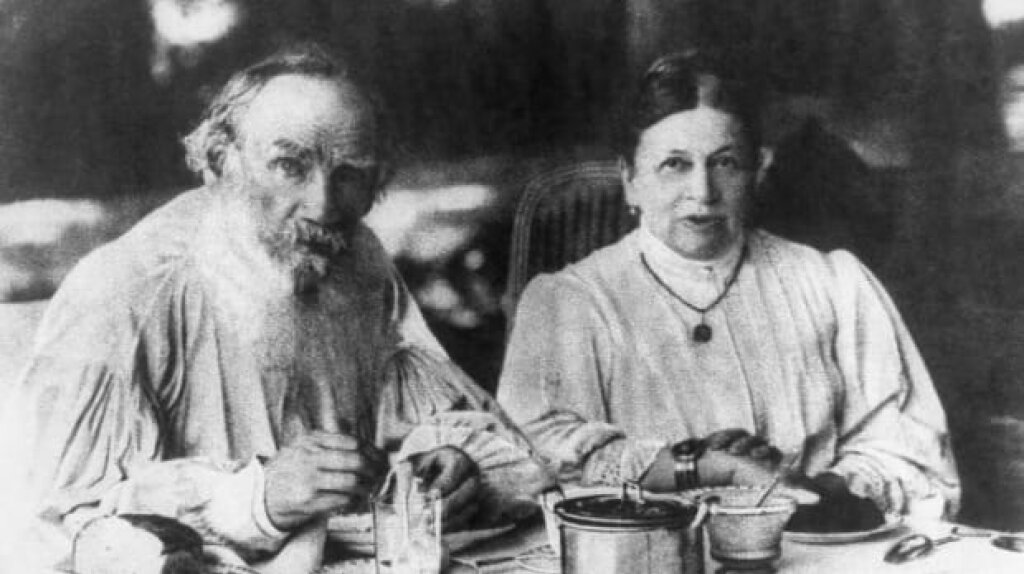Anya Shatilova is a PhD candidate in the Music Department at Wesleyan University. She is completing her dissertation on the formation of national orchestras of balalaikas and domras in Imperial Russia and their further development in the United States.
In 1888, the newspaper Peterburgskii Listok published the following notice:
“We are announcing interesting news. On Sunday, March 20, in the hall of the Credit Society, there will be a concert of balalaika players conducted by V.V. Andreev, a wonderful balalaika virtuoso. In addition to the concert's charitable purpose, it is of great interest to the public: On this evening, the balalaika will appear in concert for the first time after a century of existence.”
This note heralded the debut of the Society of Balalaika Devotees [Kruzhok liubitelei igry na balalaike], an ensemble of balalaika players that broke onto the St. Petersburg musical scene in the late nineteenth century. This musical novelty was masterminded by Vasily Andreev, a self-taught balalaika player, as a project that could manifest the “Russian national idea” in musical form. Almost a decade later, the balalaika ensemble or Kruzhok had expanded into a full orchestra of national instruments that included another type of plucked lute called the domra. The orchestra performed under the name “V. Andreev’s Velikorusskii Orchestra.”
Despite Andreev’s assertion that the orchestra’s instruments originated in “Great Russia [Velikorossiia],” their “Russianness” is rather slippery. The balalaika and domra (in its modified form) came to Russia from Central Asia, and their sound production imitates Turkic long-neck lutes and European plucked lutes. In an effort to bolster the growing Russian national movement, Andreev thus invented a tradition of a “national orchestra” involving musical instruments with a very short history in Russian culture and are, moreover, not of Slavic origin.
According to numerous sources, Andreev heard the balalaika for the first time in 1883. The instrument was being played by Antip, a peasant from the Andreev family’s estate near Tver’. Soon after, Andreev met Alexandr Paskin, a Bezhetsk landowner known as a music enthusiast and avid balalaika player. As many sources document, the meeting with Paskin became the starting point for Andreev in his project of transforming the balalaika into a concert instrument. In the early stages of the balalaika modification process, Andreev collaborated with a few luthiers. Still, it was the instruments of Semen Nalimov, now known as the “Stradivarius of the balalaika,” that were considered exemplary in their sound quality. Nalimov, also designed with Andreev and his colleagues the first version of the orchestral domra.
In Andreev’s vision, the national orchestra would represent the whole empire—even though, in reality, it foregrounded only the cultural traditions of ethnic Russians. Although not initially of Slavic origin, balalaikas and domras were Russified through physical modification, ultimately becoming conduits for transmitting a “Russian song.”
Andreev worked hard to position balalaikas and domras as musical instruments suitable for the educated classes and representative of narodnaia traditsia [folk tradition]. Based on statements by Alexandr Kastal’skii, Nikolai Findeizen, and other prominent musical figures of the time, Andreev’s project of modified balalaikas garnered significant criticism. It is possible that the shift from a small balalaika ensemble to a full-scale national orchestra was actually propelled by the aesthetic resistance of members of the St. Petersburg intelligentsia. To attract more practitioners to his project, Andreev built up the orchestra’s repertoire to signify its Russianness while transmitting its affiliation with Western art music.
Besides the morphological and sonic changes the musical instruments underwent, Andreev embarked on numerous experiments in repertoire. These led to gradual deviation from the initial concept: the aestheticization of traditionally Russian tunes. By the turn of the century, the Velikorusskii Orchestra was regularly featuring arrangements of Western art music, including works by Mikhail Glinka, Georges Bizet, Pietro Mascagni, and others as well as Romani songs, Russian popular romances, and original compositions by Andreev himself.
Andreev’s aspiration to find admirers among Western audiences was clear from the Kruzhok’s inception, when modified balalaikas were introduced at the 1889 Paris Exposition. After this first trip to Europe, Andreev brought his balalaika players back to Paris in 1892, while the full orchestra returned to the city in 1900.
The visibility of balalaikas and domras at the Paris Exposition indicates the penetration of Andreev’s national instruments into the Russian cultural matrix. Not only was the new musical fashion he had inaugurated represented sonically by the orchestra itself and its performances, but it also became a non-sonic material object for visual artistic expression. In the latter capacity, Andreev’s instruments were exhibited by Mariia Tenisheva in her collection of balalaikas decorated by artists Mikhail Vrubel, Konstantin Korovin, Aleksandr Golovin, Sergei Maliutin, Nataliia Davydova, and Tenisheva herself. The Exposition awarded both Andreev and Tenisheva medals for their contribution to national art.
As Andreev documented, the Russian national orchestra made a strong impression on Exposition visitors. Purchases of instruments and English and German translations of self-taught balalaika and domra tutorials would follow. Between 1908 and the beginning of the First World War, The Great-Russian Orchestra regularly went on tour in Germany (1908 and 1911), England (1909 and 1910), France (1910), and the United States (1910 and 1911).
As Irina Shevelenko suggests, “the experience of the 1900 World Fair in Paris should have left in the minds of the representatives of the Russian ‘new art’ a clear understanding: the demand for the national on the international market is extremely high.” Andreev’s efforts to create a national orchestra coincided with the last decade of the nineteenth century, in effect anticipating modernist movements that would erupt after about 1900. The idea of creating the Kruzhok and, later, the Velikoruuskii Orchestra can be attributed to a modernist-style preoccupation with peasant culture as a marker of national identity. The 1900 Paris Exposition stimulated Andreev’s orchestra to expand its reach to the rest of Europe and North America, continuing Andreev’s idea of exporting Russian culture to make “Russian national instruments as popular abroad as mandolins and guitars in Russia.”



